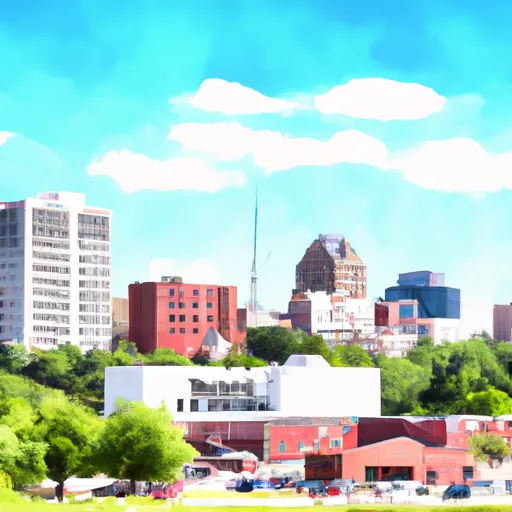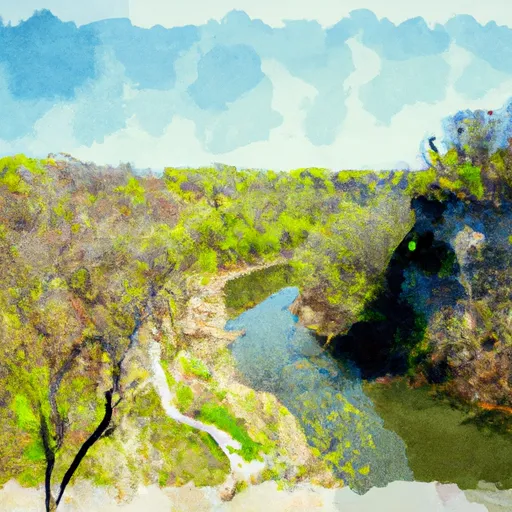°F
°F
mph
Windspeed
%
Humidity











Wausau, Wisconsin, located in the heart of Marathon County, offers a vibrant community with a variety of outdoor recreation opportunities amidst its pleasant climate and abundant water resources. The city experiences a continental climate, characterized by warm summers with an average high temperature of 82°F (28°C) and cold winters, where temperatures often dip below freezing, creating a favorable environment for winter sports and activities.
Wausau is blessed with an abundance of hydrological constituents. The Wisconsin River flows through the city, providing opportunities for fishing, kayaking, and boating. Moreover, the city is surrounded by numerous lakes and nature reserves, including Lake Wausau, Lake Dubay, and the Rib Mountain State Park, offering scenic beauty and tranquility for nature enthusiasts.
Outdoor recreation options in Wausau are diverse and cater to all interests. The city is renowned for its extensive trail system, allowing for hiking, biking, and cross-country skiing. Rib Mountain State Park offers opportunities for hiking, picnicking, and skiing, while the Granite Peak Ski Area provides thrill-seekers with downhill skiing and snowboarding during the winter months. Additionally, fishing, golfing, and camping are also popular activities enjoyed by residents and visitors alike.
Overall, Wausau, Wisconsin provides a welcoming environment for outdoor enthusiasts to engage in a variety of recreation activities while enjoying the region's pleasant climate and abundant water resources.
Weather Forecast
Wausau receives approximately 830mm of rain per year, with humidity levels near 82% and air temperatures averaging around 7°C. Wausau has a plant hardyness factor of 4, meaning plants and agriculture in this region thrive during a short period during spring and early summer. Most plants will die off during the colder winter months.
Regional Streamflow Levels
802
Cubic Feet Per Second
4,700
Cubic Feet Per Second
67
Cubic Feet Per Second
392
Cubic Feet Per Second
Nearby Camping
| Camping Area | Reservations | Toilets | Showers |
|---|---|---|---|
| Okatoma Water Park | |||
| Little Black Creek Waterpark | |||
| Lake Mike Conner | |||
| Roosevelt State Park | |||
| Lake Ross Barnett | |||
| Simpson County Lake |



